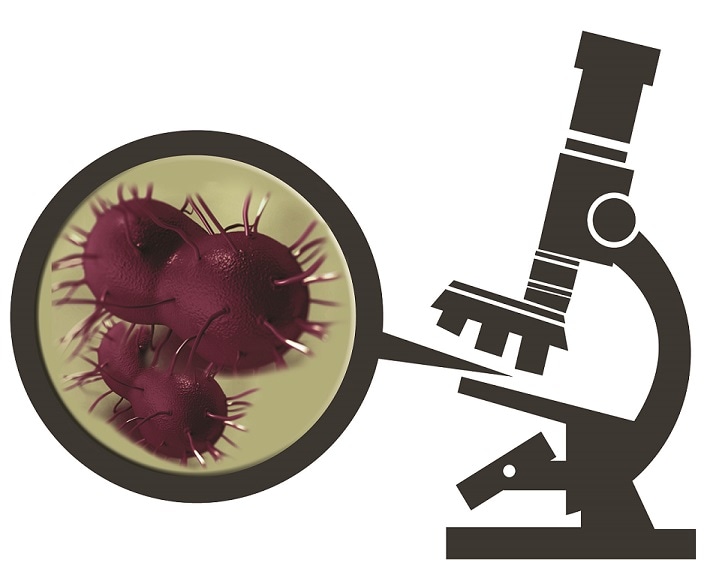What to know
The bacteria that cause gonorrhea has grown resistant to nearly every drug ever used to treat it. It's only a matter of time until it becomes resistant to the last available cure.

Drug-Resistant Gonorrhea: An Overview
Drug resistance, also referred to as antimicrobial resistance, happens when germs like bacteria and fungi develop the ability to resist, and even defeat, the drugs designed to kill them. That means the germs are not killed and continue to grow. Gonorrhea has developed resistance to nearly all the antibiotics used for its treatment. We are currently down to one last recommended and effective class of antibiotics, cephalosporins, to treat this common infection. This is an urgent public health threat because gonorrhea control in the United States largely relies on our ability to successfully treat the infection.
Gonorrhea is skilled at outsmarting the antibiotics that are used to kill it. For this reason, we must continuously monitor for resistance and encourage the research and development of new drugs for gonorrhea treatment.
Surveillance
Surveillance for resistant gonorrhea in the United States is conducted through several projects: the Gonococcal Isolate Surveillance Project (GISP), the enhanced Gonococcal Isolate Surveillance Project (eGISP), and Strengthening the United States Response to Resistant Gonorrhea (SURRG). Antibiotic susceptibility testing is an activity common to each project.
Gonorrhea has decreased susceptibility to a given antibiotic when laboratory results indicate that higher-than-expected levels of an antibiotic are needed to stop its growth.
CDC also recommends that isolates from certain infections be submitted to the CDC STD Lab for confirmation. These infections comprise those that fail to respond to CDC-recommended therapy and isolates determined to exhibit intermediate resistance or resistance.
Suspected Gonorrhea Treatment Failure Consultation Form
Healthcare providers and health departments can report suspected gonorrhea cephalosporin treatment failure or any N. gonorrhoeae specimen with decreased cephalosporin susceptibility through the Suspected Gonorrhea Treatment Failure Consultation Form.
For questions about reporting a suspected treatment failure or resistant case, please email: GCFAILURE@cdc.gov
Laboratory Challenges
Culture testing is when bacteria is first grown on a nutrient plate and is then exposed to known amounts of an antibiotic to determine the bacteria's susceptibility to the antibiotic. A major challenge to monitoring emerging resistant gonorrhea is the substantial decline in the use of gonorrhea culture testing by many clinicians, as well as the reduced capability of many laboratories to perform the gonorrhea culture techniques required for antibiotic susceptibility testing. The decline in culture testing results from an increased use of newer laboratory technology, such as a diagnostic test called the Nucleic Acid Amplification Test (NAAT). Currently, there is no well-studied, reliable technology that allows for antibiotic susceptibility testing from nonculture specimens. Increased laboratory culture capacity is needed.
CDC recommends that all state and local health department labs maintain or develop the capacity to perform gonorrhea culture, or form partnerships with experienced laboratories that can perform this type of testing.
A Timeline of Drug Resistance and Changing Treatments
In 1993, ciprofloxacin, a fluoroquinolone, and two cephalosporins (ceftriaxone and cefixime) were the recommended treatments for gonorrhea. However, in the late 1990s and early 2000s, ciprofloxacin resistance was detected in Hawaii and the West Coast. By 2004, ciprofloxacin- resistant gonorrhea had significantly increased among men who have sex with men (MSM) leading to the discontinuation of the drug in this population. By 2006, nearly 14% of gonorrhea samples were resistant to ciprofloxacin. Ciprofloxacin resistance was present in all regions of the country and in the heterosexual population. On April 13, 2007, CDC stopped recommending fluoroquinolones as empiric treatment for gonorrhea altogether. The cephalosporins, either cefixime or ceftriaxone, were the only remaining recommended treatments.
Similar to trends observed elsewhere in the world, CDC observed worrisome trends of decreasing cephalosporin susceptibility. To preserve cephalosporins for as long as possible, CDC has updated its STI Treatment Guidelines frequently since 2010. Currently, just one regimen is recommended as first-line treatment for gonorrhea: a single 500 mg dose of the injectable cephalosporin, ceftriaxone.
CDC continues to monitor resistance to cephalosporins and other drugs.
CDC has not received any reports of verified clinical treatment failures to any cephalosporin in the United States.
